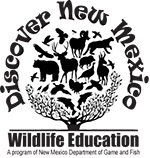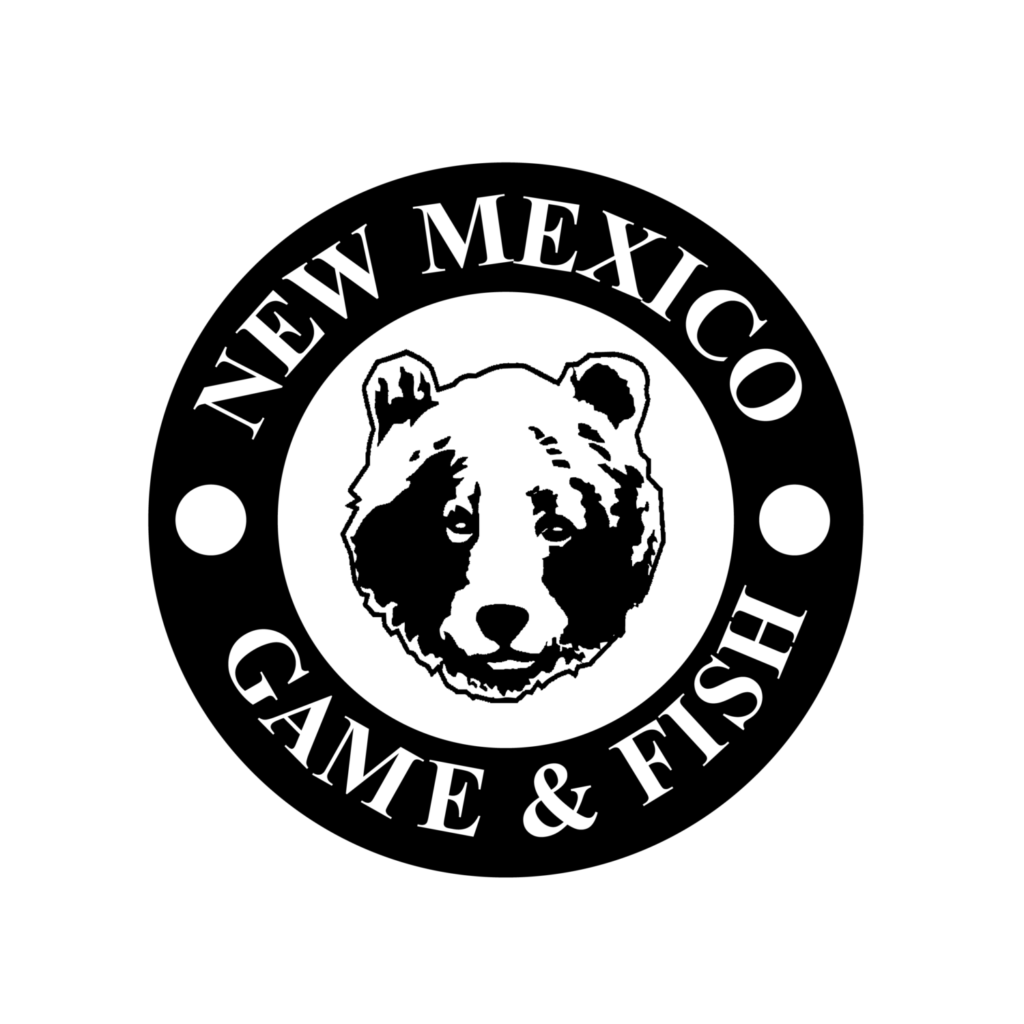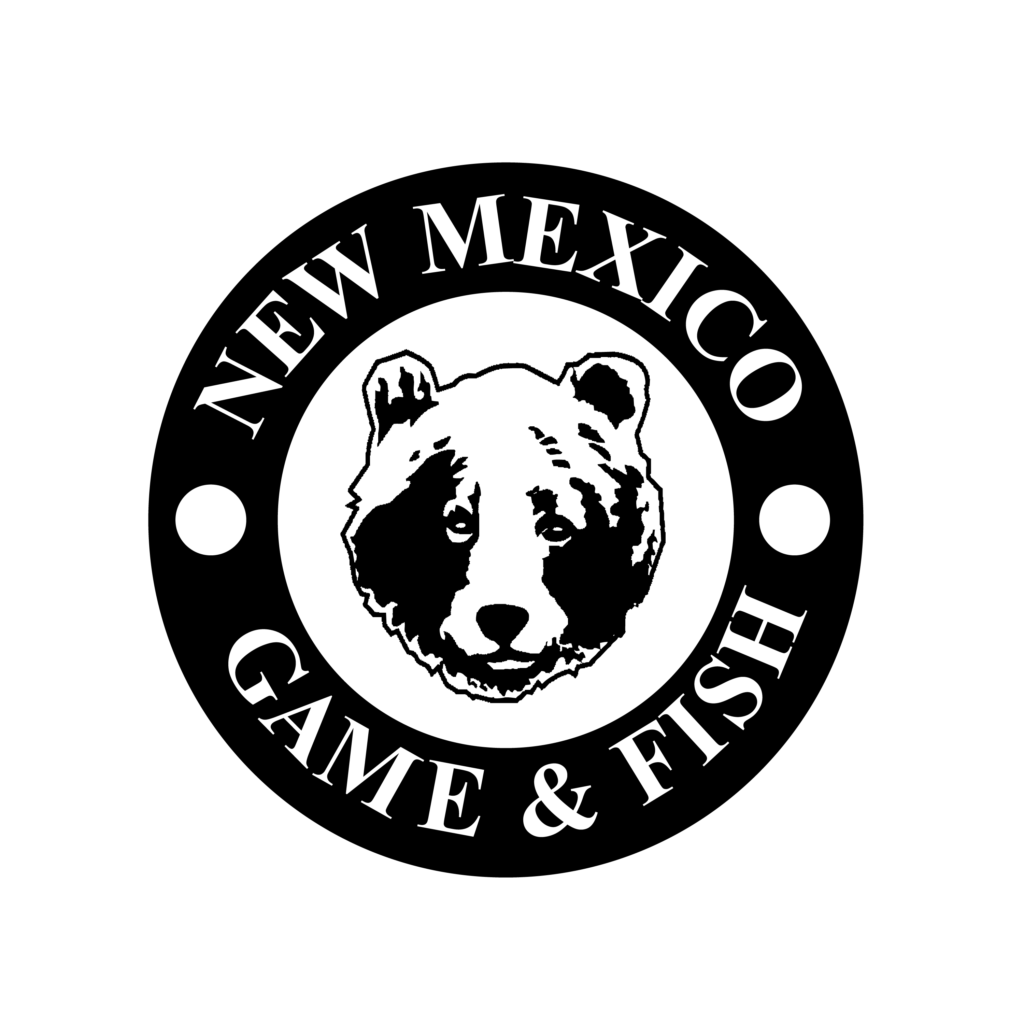Field Investigations

What are they and why are they important?
Field investigations of the environment involve students in real-world science. Field investigations are part of the larger inquiry process. Field investigations engage students in the systematic collection of data to answer or investigate questions through the collection of evidence and the communication of results. Field investigations add to scientific knowledge by describing natural systems, observing wildlife in different habitats and by recognizing environmental trends and/or issues that concern us all.
Field investigations are important because they involve students in scientific understanding of the natural world. Field investigations help students become systems thinkers, learn the skills of scientific inquiry, and understand that science does not just happen in a laboratory or a classroom.
Field investigations involve students in STEM skills and teach students:
- How to conduct scientific inquiry with first-hand experience using the scientific method and academic thinking skills.
- How to think critically and problem solve beyond the classroom
- How to conduct counts, take measurements and observe natural systems where controlled variables are not manipulated. Students learn how to observe, describe, compare and make correlations.
- How to ask different questions: descriptive, comparative and correlative. See Three Types of Field Investigation Questions.
- How to think about systems and discover interconnected relationships in the natural ecosystems.
- How to use field equipment, how to record findings and data and how to communicate results, predictions or trends.
Three Types of Field Investigation Questions
Descriptive Questions
Descriptive field investigations involve describing parts of a natural system. Descriptive questions focus on measurable or observable variables that can be represented spatially in maps or as written descriptions, estimations, averages, medians, or ranges.
- How many_____are there in a given area?
- How frequently does_____happen in a given period?
- What is the
Comparative Questions
In comparative field investigations data is collected on different groups to make a comparison. Comparative questions focus on one measured variable in at least two different (manipulated variable) locations, times, organisms, or populations.
- Is there a difference in _____between a group (or condition) A and group B?
- Is there a difference in_____between (or among) different locations?
- Is there a difference in_____at different times?
Correlative Questions
Correlative field investigations involve measuring or observing two variables and searching for a pattern. Correlative questions focus on two variables to be measured and tested for a relationship.
- What is the relationship between variable #1 and variable #1?
- Does_____go up when_____goes down?
- How does_____change as_____changes?
From:
North American Conservation Education Strategy
Association of Fish and Wildlife Agencies
444 North Capital Street, NW, Suite 725
Washington DC 20001.
202-624-7890
www.fishwildlife.org

